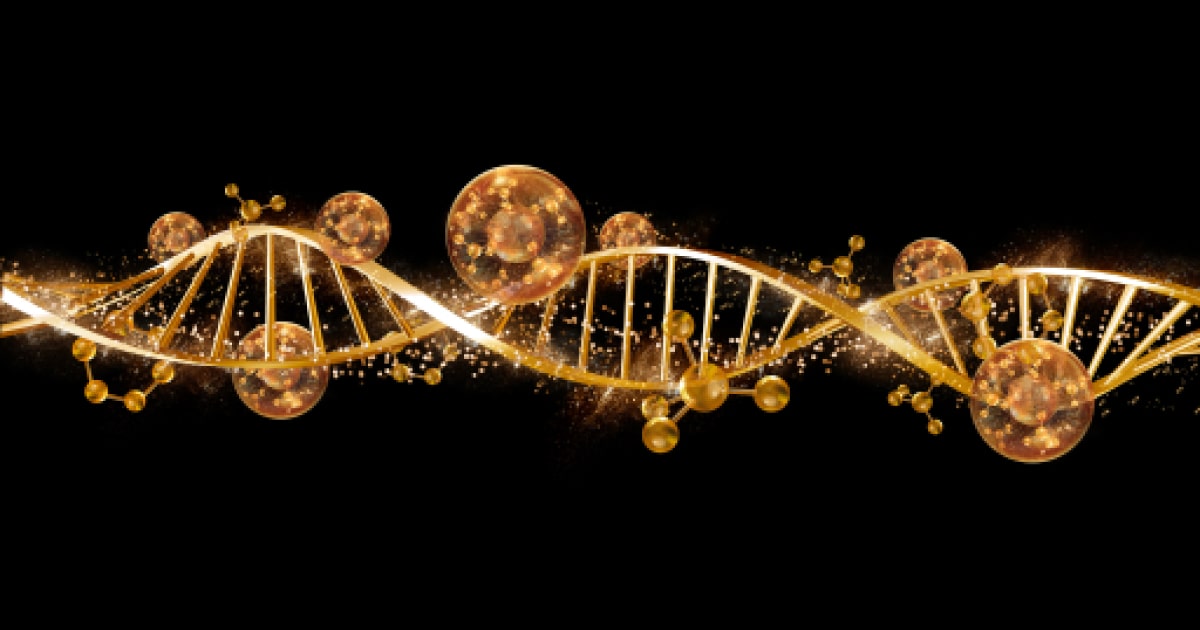
Expert Reviewed By: Dr. Brandon Colby MD
```htmlDentinogenesis imperfecta type 2 (DI2) is a hereditary dental disorder that affects the development of dentin, the tissue that forms the bulk of teeth. This condition leads to discolored, weak, and brittle teeth, often causing significant dental issues. Understanding the nature of DI2, the methods for diagnosing it, and the role of genetic testing can provide invaluable insights for affected individuals and their families.
What is Dentinogenesis Imperfecta Type 2?
Dentinogenesis imperfecta type 2 is a genetic disorder characterized by abnormal dentin formation. It is an autosomal dominant condition, meaning that only one copy of the mutated gene is sufficient to cause the disorder. DI2 typically presents with teeth that are opalescent, brownish-blue, or amber in color. The enamel is often normal, but the underlying dentin is defective, making the teeth more prone to wear, breakage, and decay.
Diagnosing Dentinogenesis Imperfecta Type 2
Diagnosis of DI2 involves a combination of clinical examination, radiographic imaging, and family history analysis. Dentists look for characteristic signs such as discolored teeth, rapid wear of the dental surfaces, and increased translucency. Radiographs can reveal abnormal dentin structure and pulp chamber obliteration, further supporting the diagnosis.
Clinical Examination
A thorough clinical examination by a dentist or geneticist is the first step in diagnosing DI2. The examination includes visual inspection of the teeth, noting any discoloration, translucency, or structural abnormalities. Patients often report increased sensitivity and frequent dental issues, which can be indicative of DI2.
Radiographic Imaging
Radiographic imaging, such as X-rays, provides a detailed view of the internal structure of the teeth. In DI2, X-rays typically show obliterated pulp chambers and root canals, as well as abnormal dentin formation. These findings are crucial for confirming the diagnosis and distinguishing DI2 from other dental conditions.
Family History Analysis
Since DI2 is a hereditary disorder, analyzing the family history can provide important clues. A pattern of dental issues in close relatives, particularly parents or siblings, can strongly suggest a genetic basis for the condition. Genetic counseling may be recommended to assess the risk of passing the disorder to future generations.
The Role of Genetic Testing in Dentinogenesis Imperfecta Type 2
Genetic testing plays a vital role in the diagnosis and management of DI2. By identifying the specific genetic mutation responsible for the disorder, genetic testing can confirm the diagnosis, guide treatment decisions, and provide information about the risk of transmission to offspring.
Confirming the Diagnosis
Genetic testing can definitively confirm the presence of DI2 by detecting mutations in the DSPP gene, which is known to cause the disorder. This confirmation is particularly useful in cases where clinical and radiographic findings are inconclusive or when multiple dental conditions are suspected.
Guiding Treatment Decisions
Understanding the genetic basis of DI2 can help tailor treatment plans to the specific needs of affected individuals. For example, knowing the severity of the genetic mutation can inform decisions about preventive measures, restorative dental procedures, and long-term management strategies. Genetic testing can also help identify individuals at risk of developing more severe forms of the disorder, allowing for early intervention and improved outcomes.
Assessing Risk of Transmission
For families affected by DI2, genetic testing can provide valuable information about the risk of passing the disorder to future generations. Prospective parents can undergo genetic counseling to understand the likelihood of their children inheriting the condition and explore options such as preimplantation genetic diagnosis (PGD) to minimize the risk.
Conclusion
Dentinogenesis imperfecta type 2 is a challenging dental disorder with significant implications for affected individuals and their families. Understanding the nature of the condition, the methods for diagnosing it, and the role of genetic testing can empower patients to make informed decisions about their dental health. By leveraging the power of genetic testing, we can improve the diagnosis, treatment, and management of DI2, ultimately enhancing the quality of life for those affected by this hereditary condition.
References: Semantic Scholar API
```About The Expert Reviewer
Dr. Brandon Colby MD is a US physician specializing in the personalized prevention of disease through the use of genomic technologies. He’s an expert in genetic testing, genetic analysis, and precision medicine. Dr. Colby is also the Founder of and the author of Outsmart Your Genes.
Dr. Colby holds an MD from the Mount Sinai School of Medicine, an MBA from Stanford University’s Graduate School of Business, and a degree in Genetics with Honors from the University of Michigan. He is an Affiliate Specialist of the American College of Medical Genetics and Genomics (ACMG), an Associate of the American College of Preventive Medicine (ACPM), and a member of the National Society of Genetic Counselors (NSGC)